PlayStation fans have long fantasized about seamless digital realms where exploration and chaos collide. By 2025, that vision has exploded into a saturated genre landscape—yet only a handful of titles truly define each console's open-world capabilities. These aren't just games; they're time capsules showing how ambition wrestled with hardware limitations, often emerging victorious through sheer imagination.
Midnight Club LA Remix: PSP's Pocket-Sized Revolution
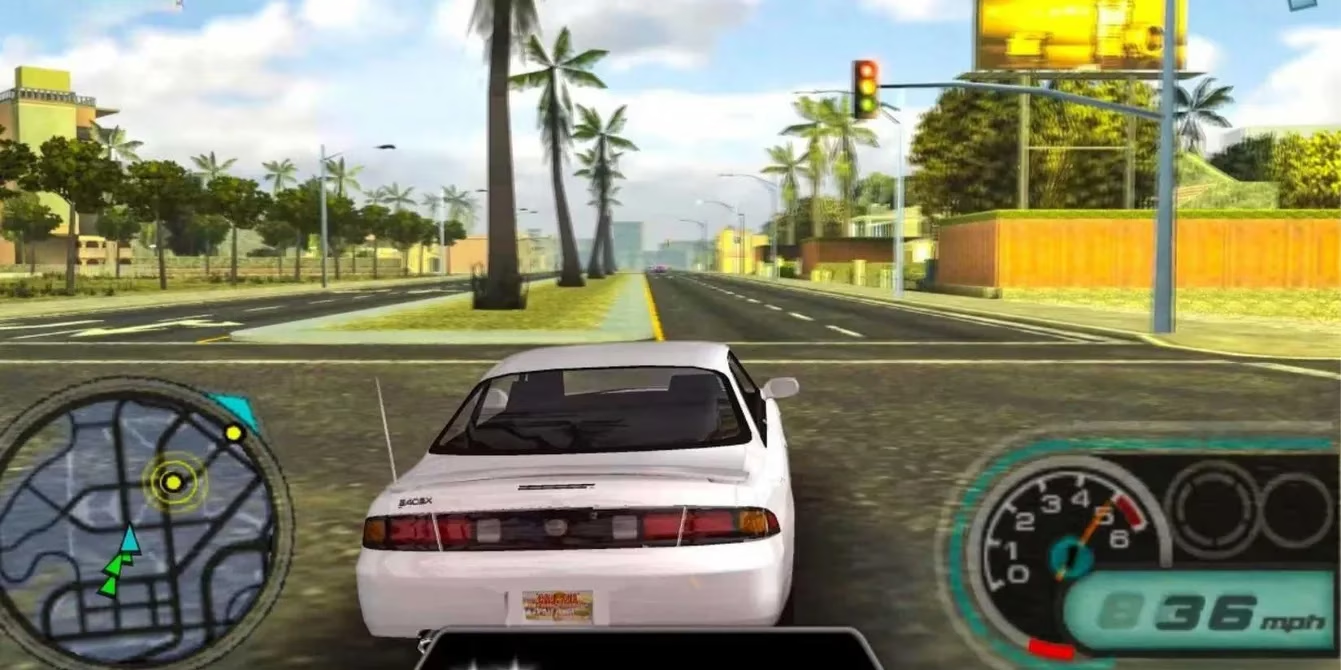
Finding genuine open worlds on PSP was like searching for diamonds in a sandbox—possible but painstaking. Midnight Club LA Remix defied expectations by cramming console-scale freedom into handheld limits. Its magic? Zero loading screens between urban jungles, visceral arcade racing, and deep car customization. While visually simpler than PS2 counterparts, it achieved something miraculous: transforming the PSP into a pocket-sized thunderstorm of engine roars and police sirens. A technical feat that still makes modern mobile ports feel timid by comparison.
Driver: PS1's Rough Diamond
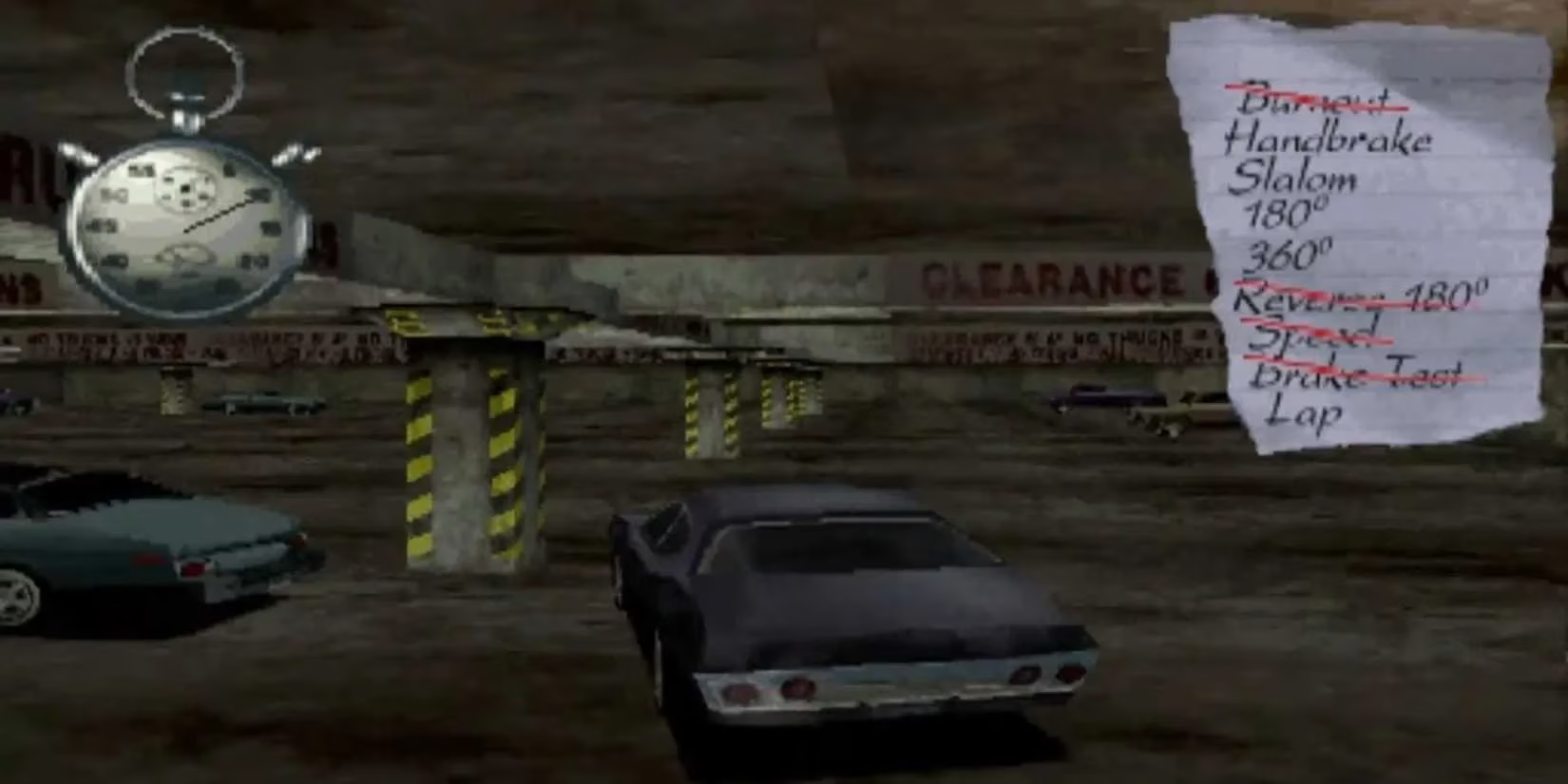
The original PlayStation’s open-world offerings were scarcer than water in a desert, yet Driver emerged as its blueprint. Yes, that infamous tutorial felt like solving a Rubik’s cube blindfolded—but perseverance rewarded players with four sprawling cities where freedom meant everything. Cruise Miami’s sunbaked streets or execute precision getaway drives; the choice was yours. Primitive by today’s standards? Absolutely. But Driver planted the seed for open-world racing, growing roots that would later nourish giants like Grand Theft Auto. Its legacy is less about polish and more about raw, unshackled potential.
Gravity Rush: Vita’s Forgotten Flight
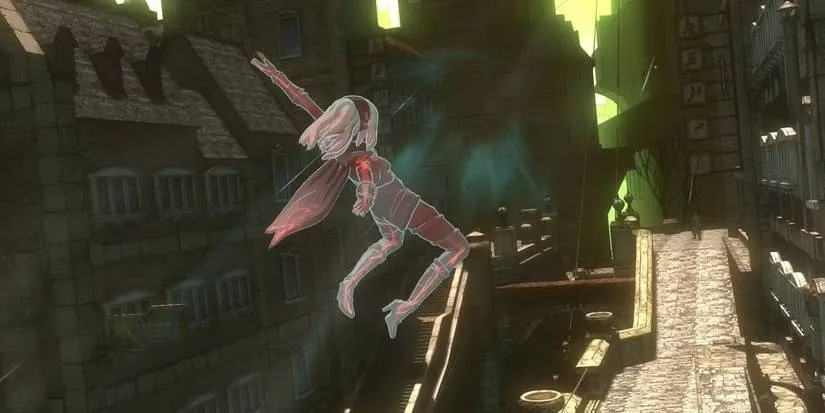
Ah, the Vita—a handheld that arrived like a gourmet chef at a fast-food convention, brimming with unrealized potential. Gravity Rush remains its crowning oddity: a game where physics were mere suggestions and exploration meant hurling yourself through floating cities like a human comet. Shifting gravity felt like swimming through liquid silk, turning traversal into pure kinetic poetry. Combat? Clumsy as a newborn giraffe. Story? Thin as vapor. But the sheer joy of defying gravity in that art-nouveau skyworld made it a bittersweet swan song for Sony’s abandoned portable. Few games make falling feel like flying.
Death Stranding 2: PS5’s Polarizing Masterpiece
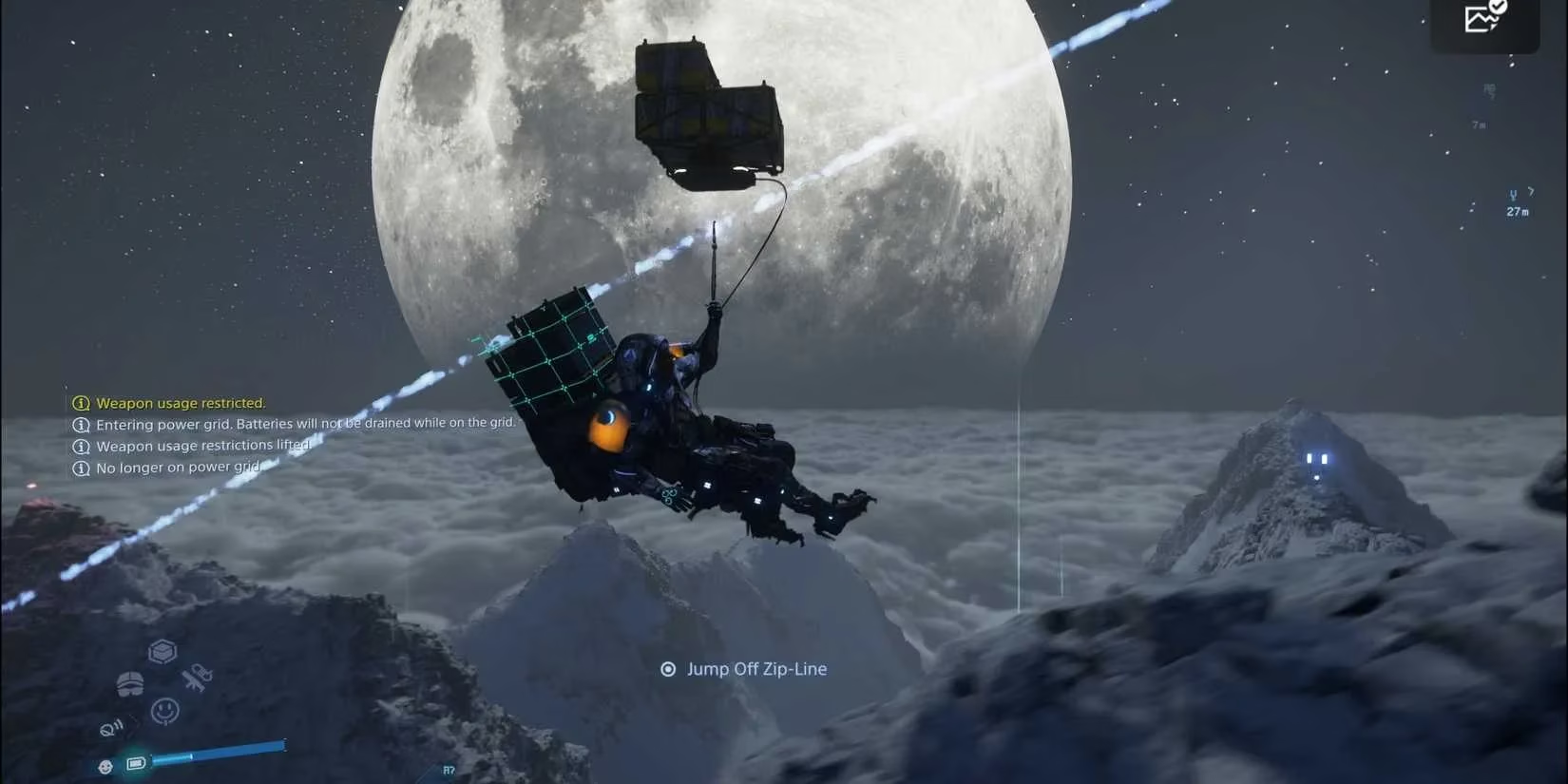
Kojima’s sequel polarizes players like a magnet dropped in iron filings. For those who vibed with the original’s meditative delivery sim loop, On The Beach amplifies everything: combat, asynchronous multiplayer, and mind-bending narrative twists. Its America is less a map and more a living nervous system—every player’s structure altering the landscape like synaptic connections firing. Detractors call it pretentious; converts hail it as a therapeutic odyssey. As of 2025, it stands unchallenged on PS5, proving open worlds needn’t rely on gunfire to feel revolutionary. A bizarre orchid in a field of daisies.
Red Dead Redemption: PS3’s Narrative Frontier
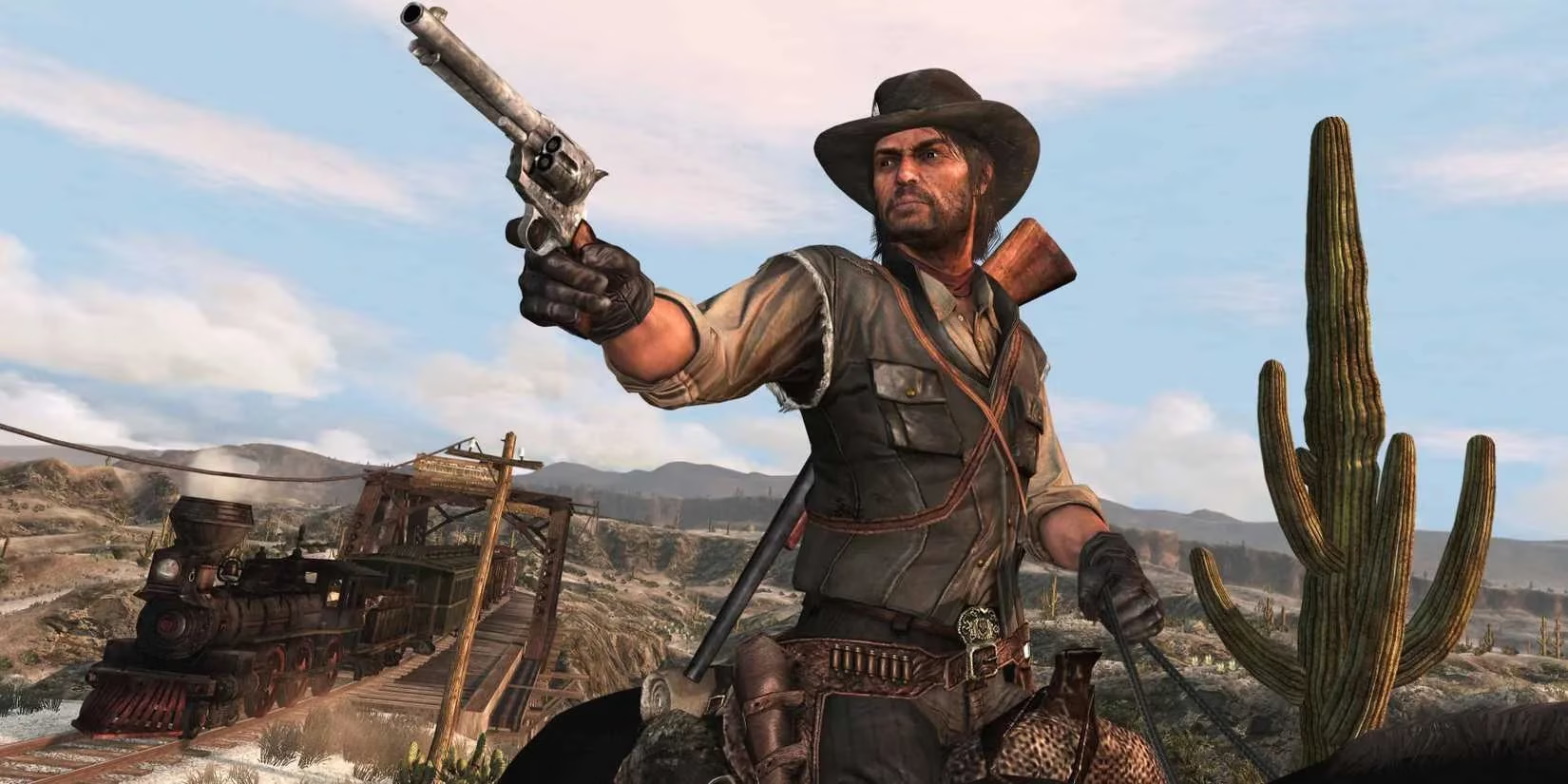
The PS3 era saw open worlds evolve from playgrounds to profound experiences. Red Dead Redemption didn’t just adapt Rockstar’s formula—it reimagined the Wild West as a tragic opera where horseback rides felt like slow-motion ballets. Unlike GTA’s urban chaos, here the silence between gunshots carried weight. Hunting, poker, and even herding cattle became melancholic rituals. And that ending? Let’s just say it weaponized emotional devastation like a scalpel dipped in nostalgia. It proved open worlds could marry scale with intimate storytelling—a high bar even contemporary titles struggle to clear.
Grand Theft Auto: San Andreas: PS2’s Unrivaled Playground
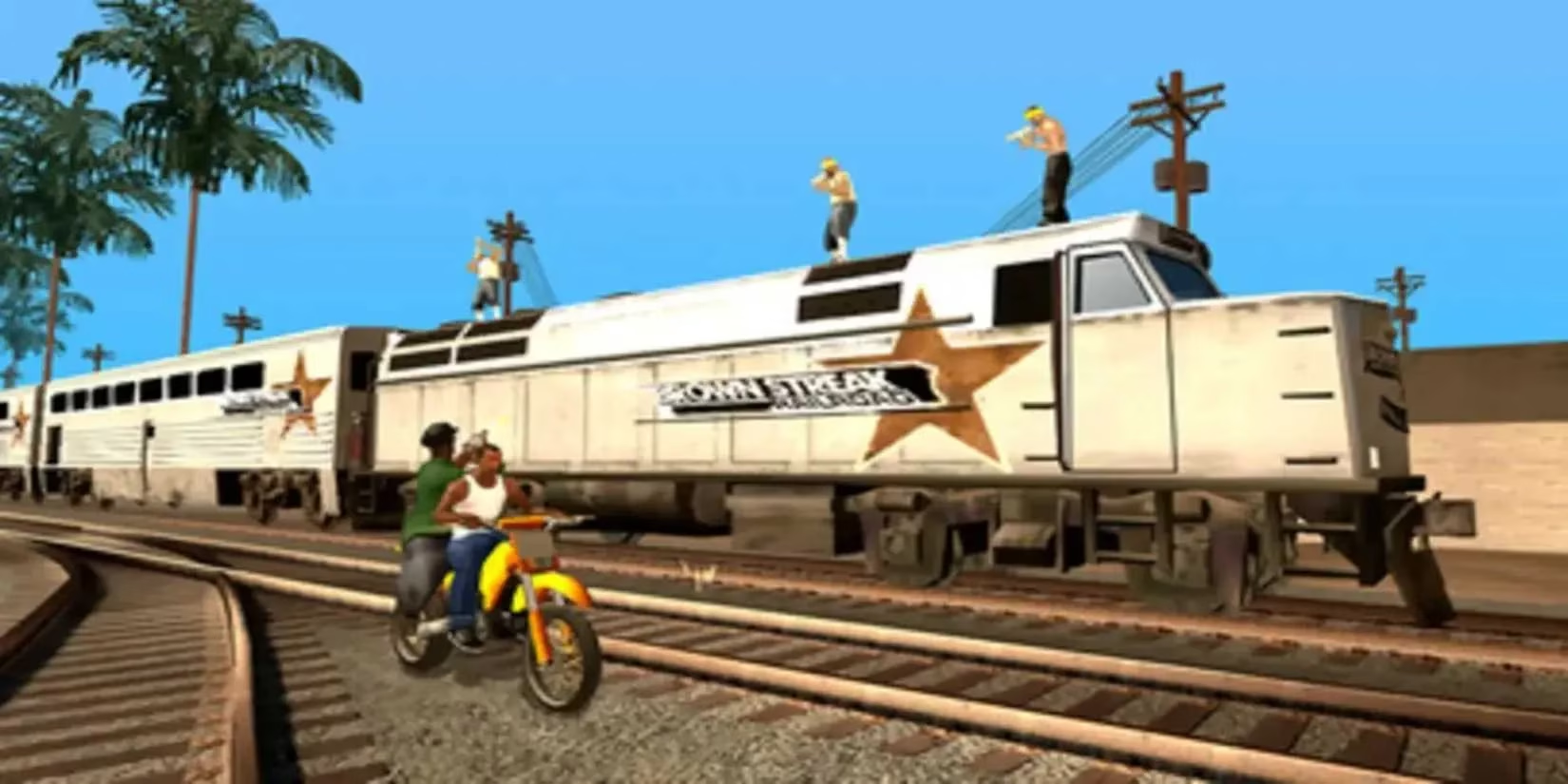
San Andreas wasn’t just big—it was a cultural tsunami. Rockstar’s PS2 magnum opus threw players into a parody-soaked California where you could:
-
🎤 Rap-battle pedestrians
-
💪 Bulk up at gyms
-
✈️ Hijack jets mid-flight
Its map felt less designed and more alive, cramming deserts, casinos, and gang wars into a world that swallowed competitors whole. Even with infuriating missions (cough train chase cough), it achieved something rare: making pure existence within its world feel like an event. Modern open worlds owe it debts they’ll never repay—a king dethroned only by...
Elden Ring: PS4’s Genre-Defying Titan
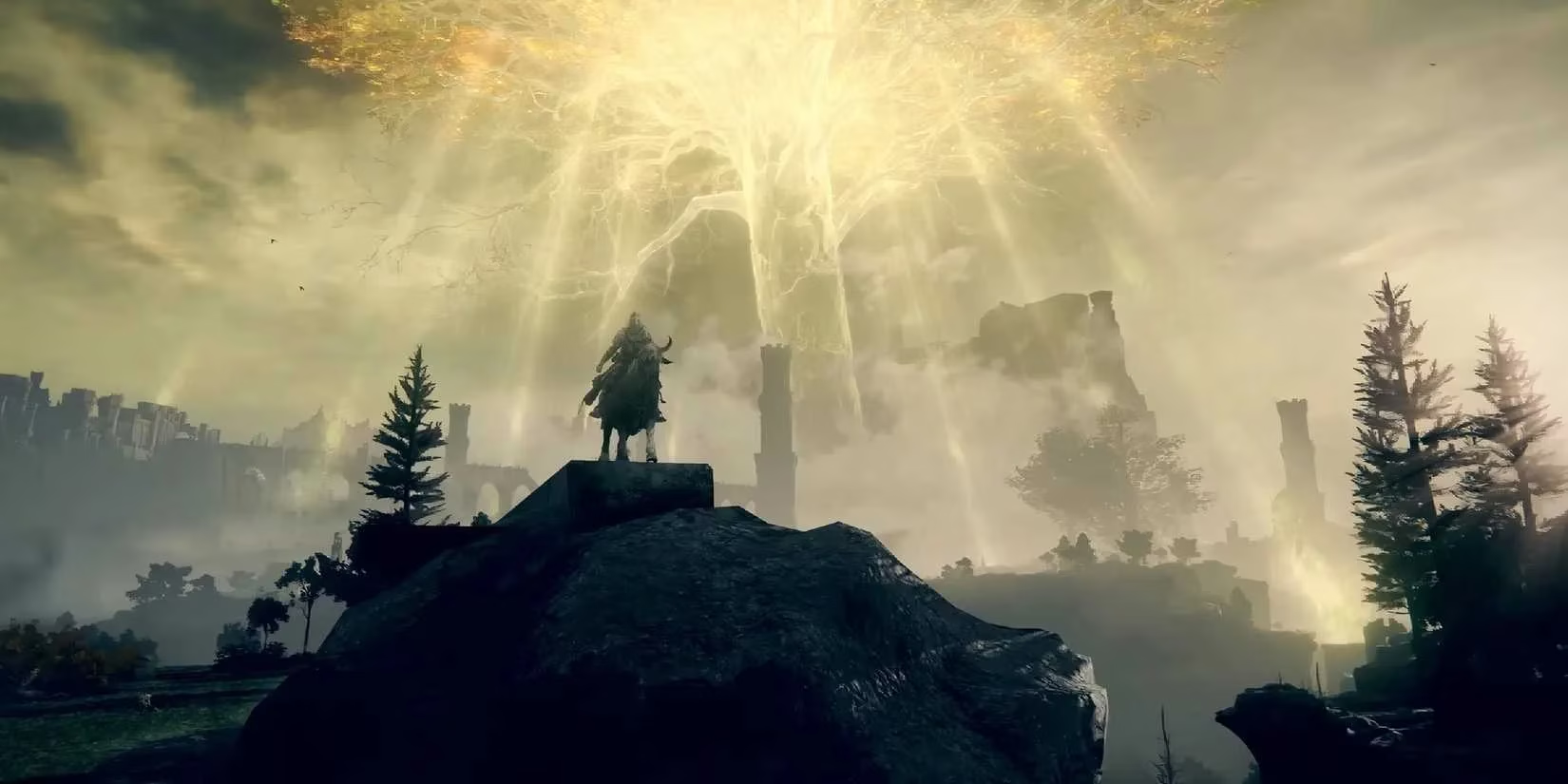
Miyazaki’s masterpiece did the impossible: fusing FromSoftware’s punishing combat with boundless exploration. Elden Ring’s Lands Between function like a cosmic clock—every gear turning in perfect, mysterious synchrony. Catacombs hide beneath waterfalls; dragons nest on cloud-piercing spires. It rewarded curiosity like no other, replacing Ubisoft-style map clutter with organic \”what’s over there?\” magnetism. Bosses weren’t walls but puzzles with countless solutions. Was it perfect? No. But it redefined scope itself, making most open worlds feel like dioramas beside its shifting, breathing tapestry. A victory lap for PlayStation 4 and a gauntlet thrown at future designers.